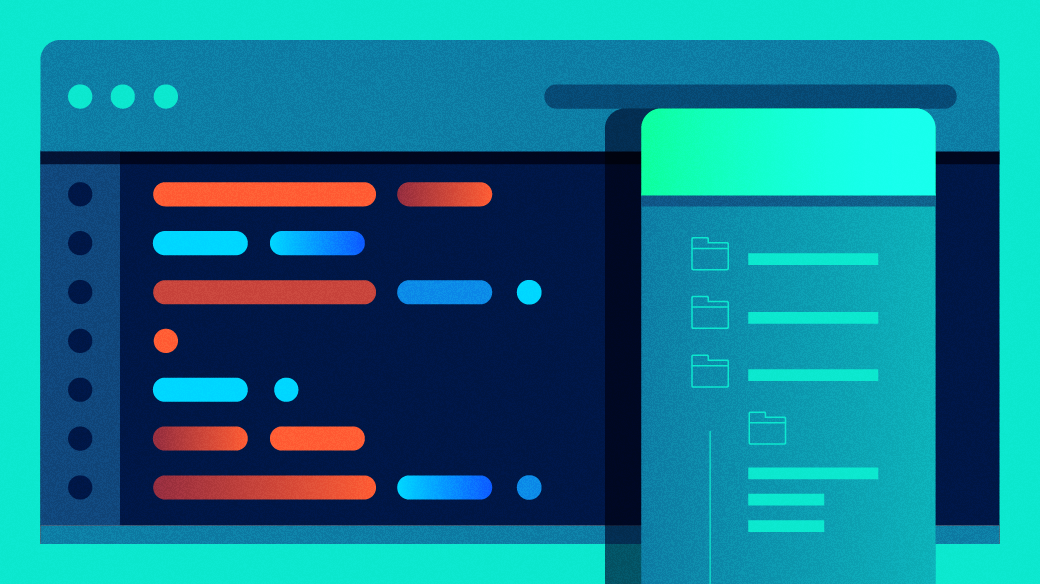As the world becomes increasingly digital, it’s more important than ever to ensure that websites are accessible to everyone. Accessibility is about designing websites that can be used by people with disabilities, such as visual or hearing impairments, as well as those who rely on assistive technology like screen readers. In this article, I’ll explore recommendations for creating accessible websites with Drupal, a popular open source content management system.
Why accessibility is important
First, consider why accessibility is important. According to the World Health Organization, over 1 billion people worldwide live with some form of disability. In the United States alone, 26% of adults have some form of disability. Ensuring that websites are accessible is not only a moral imperative, it’s also a legal requirement. In the US, websites must comply with the Americans with Disabilities Act (ADA) and Section 508 of the Rehabilitation Act, which sets standards for accessibility in federal agencies.
4 tips for creating accessible websites with Drupal
Here are some tips for creating accessible websites with Drupal:
- Choose accessible themes and modules: When selecting themes and modules for your Drupal website, it’s important to choose those designed with accessibility in mind. The Drupal community has created a number of themes and modules that are specifically designed for accessibility. You can also use tools like the Web Accessibility Evaluation Tool (WAVE) to test the accessibility of themes and modules before you install them.
- Design for keyboard navigation: Many people with disabilities rely on keyboard navigation to access websites. To ensure that your Drupal website can be navigated using a keyboard, you should make sure that all interactive elements are reachable with a keyboard and that the order in which elements are accessed with the keyboard makes sense. You can use the Drupal Accessibility module to test your website’s keyboard navigation.
- Use ARIA attributes: Accessible Rich Internet Applications (ARIA) is a set of attributes that can be added to HTML elements to make them more accessible. ARIA attributes can be used to provide additional information to assistive technology, such as screen readers. For example, you can use ARIA attributes to describe the purpose of a button or a link. Drupal has built-in support for ARIA attributes.
- Test for accessibility compliance: To ensure that your Drupal website is accessible, test it for compliance with accessibility standards like the Web Content Accessibility Guidelines (WCAG). There are a number of tools available for testing accessibility compliance, such as Accessibility Insights for Web.
Examples of accessible websites using Drupal
Several organizations have successfully implemented accessible websites using Drupal. Here are two of my favorite.
-
University of Colorado Boulder: The University of Colorado Boulder used Drupal to redesign its website with accessibility in mind. They used Drupal’s built-in accessibility features, as well as custom modules, to ensure that their website is compliant with accessibility standards. As a result, they saw a significant increase in traffic and engagement from users with disabilities.
-
Connecticut Children’s Medical Center: Connecticut Children’s Medical Center used Drupal to create an accessible website for patients and their families. They used Drupal’s built-in accessibility features, as well as custom modules, to provide features like keyboard navigation and ARIA attributes. The website has been praised for its accessibility and has won several awards.
Access for all
Creating accessible websites is essential for ensuring that everyone can access digital content. Drupal has a number of features and modules that can help make websites more accessible, including built-in accessibility features, themes and modules designed for accessibility, and support for ARIA attributes. By implementing these recommendations, you can create an accessible website that provides a better user experience for all users.






Comments are closed.